Recent Updates
05/04/2024 12:00 PM
Why the return of Caterham's Drift Experience is a good thing
05/03/2024 12:00 PM
Ferrari 12Cilindri revealed as 819bhp GT with screaming V12
05/03/2024 12:00 PM
What the hell is happening at Tesla?
05/03/2024 12:00 PM
Bentley Bentayga Extended Wheelbase
05/03/2024 12:00 PM
UK speeding fines and penalties: what drivers need to know
05/03/2024 12:00 PM
The software slashing EV charge times without harming batteries
05/03/2024 12:00 PM
Editor's letter: the forgotten transport that needs electrifying
05/02/2024 12:00 PM
How to pay for charging an electric car
05/02/2024 12:00 PM
New Renault Symbioz is family-focused hybrid SUV for £30k
05/02/2024 12:00 PM
Ferrari 812 replacement to be revealed with V12 power on Friday
EV, Hybrid, Hydrogen, Solar & more 21st century mobility!
 A guide to everything you need to know about speeding, from fines to the cameras the police use
A guide to everything you need to know about speeding, from fines to the cameras the police use
Speeding fines are one of the most common motoring offences in the UK, with millions of fines issued every year.Â
That’s partly because our roads are becoming more digital, with an increasing number of roadside devices and cameras to check your speed. Gone are the days of the local police officer pointing a speed gun.
These days, motorists also have to contend with average speed contraflows littered along newly introduced smart motorways, which use AI-based cameras to catch drivers creeping over the limit.Â
Remember: speeding is an offence and you will be penalised if you get caught. You’ll need to pay a fine and will be landed with points that will go onto your licence.Â
But what else should you know about speeding fines? We’ve gathered all the information you need to know about speeding, why you should stick to the limit and what consequences await if you’re issued with a ticket.Â
What is a speeding fine?
A speeding fine is an offence caused by surpassing the speed limit. It’s a common offence in the UK, with over one million fines issued in 2022 alone. If you’re caught breaking the limit, setting off a speed camera or are spotted by a police van, you’ll be issued with a fixed penalty notice.
If the police directly stop you, you could be issued a verbal warning or they could give you a fixed penalty notice on the spot.Â
Speed cameras can be found almost anywhere, on roads with any labelled speed limit. Built-up areas in much of the UK have a speed limit of 30mph, but some areas, including London and much of Wales, are shifting to 20mph limits.Â
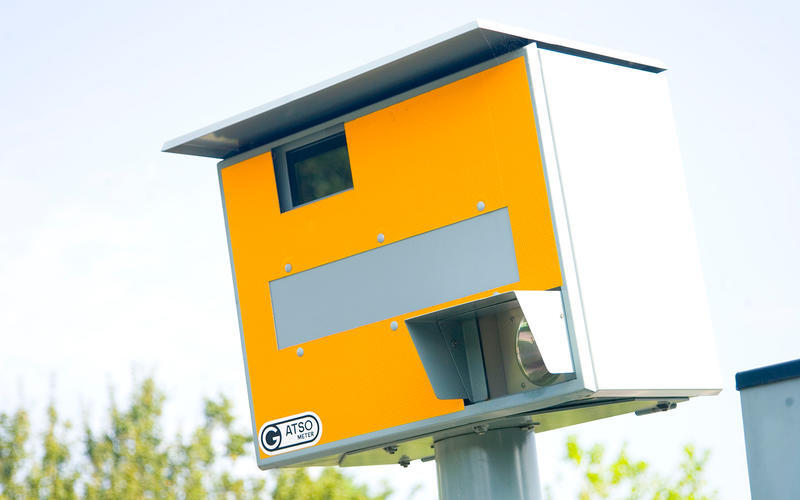
Single carriageways can have a speed limit of up to 60mph, while the national speed limit on motorways stands at 70mph. As the government says: “The speed limit is the absolute maximum - it does not mean it’s safe to drive at this speed in all conditions.â€Â
Beware that national speed limits differ depending on your vehicle type. Motorhomes that weigh more than three tonnes, for example, are restricted to 50mph nationally or 60mph on motorways.
Worried about going over the speed limit? Many modern cars have a built-in speed limiter function, which is usually easy to set up and can be enabled with a few button presses.Â
If you receive a fixed penalty notice for speeding, you can either plead guilty or not guilty to the offence, with each decision triggering its own process. You can read more about these processes further down the page.Â
How will I know if I’ve been caught speeding?
If you’ve been caught speeding with a hand-held device, or one installed in a moving police car, you might not notice immediately - but you could be asked to stop there and then.Â
Cameras will often release a strong flash to capture your numberplate. This is extremely bright, and you would notice immediately if you’ve been snapped over the limit - even in daylight.Â
The registered keeper of the vehicle will receive a notice of intended prosecution (NIP) and section 172 notice by post within 14 days of the offence.Â
The section 172 notice then has to be returned within 28 days, providing details of the driver who committed the offence. A fixed penalty notice (FPN) will then be issued to the driver, or if the offence is deemed serious enough, a court summons.
How much is a speeding fine and how many points will I get?Â
If you’re caught speeding, you’ll be issued with a minimum penalty of £100 and three points will be added to your licence.
You will be banned from driving if you hit 12 points. But if you’ve only held a full driving licence for less than two years, it will be revoked if you reach six or more penalty points.
You may be offered the option to take a speed awareness course instead of a fine and points on your licence. These aren’t free, though, and will cost a similar sum to the initial speeding fine.Â
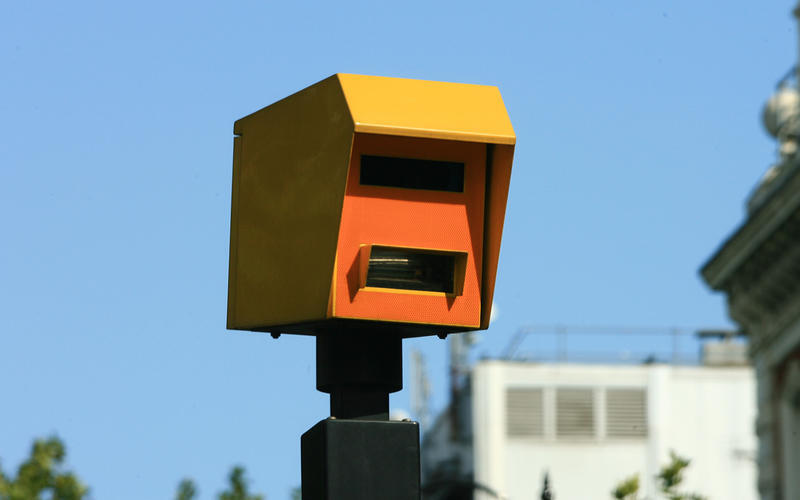
Certain caveats exist, though. Speed awareness courses are mostly offered for more minor transgressions, and it’s up to the police to decide if you’ll be offered one or not.Â
A course will only be offered if you’ve not been on one within the past three years, and not all police authorities run them, so this option is not a given.Â
The cost of a speeding fine
In 2017, the speeding penalty system was overhauled, with larger fines for drivers charged with excessive speed. That’s because speeding fines are calculated using three specific speeding bands, labelled Band A, Band B and Band C.Â
There are a further three bands (D, E and F) that deal with more extreme transgressions, which may include excessive speed where the driver is: on bail; has existing convictions; is in charge of a large vehicle; heavy load; towing; carrying passengers; driving through a heavily pedestrianised area.
Read the table below to see the speeding bands in the UK.
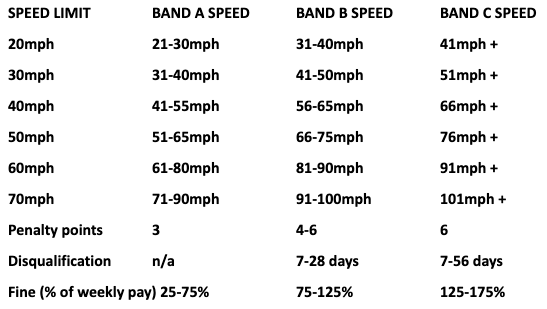
If you are prosecuted in court, the amount you are fined and the number of points you receive (or the disqualification period) will firstly be determined by the speed you were travelling over the posted limit, combined with a percentage of your weekly income.
This is capped at £1000, or £2500 if you’re caught on the motorway.Â
Can I plead not guilty to my speeding offence?
If you’re adamant you weren’t speeding but have been issued a fine, you can plead not guilty. The situation gets a bit more complex from here.Â
If you’re convinced of your innocence, then it’s the proper course of action and it will probably involve a trip to court. But if you lose your case, you could be fined more and receive more penalty points.Â
Your fine may be reduced if you are deemed to be of ‘good character’, and the court may even take into account speeding for a genuine emergency.
What are the different types of speed cameras?
There are a variety of different speed-detecting technologies on British roads today – many of which you will see on your day-to-day commute and some of which you might not have heard of. Here are the most common.
Remember: all speed cameras have to be coloured bright yellow by law, so there’s no excuse for missing them. Police vans are, by design, harder to spot from a distance.Â
Truvelo
Most commonly mounted on a pole at the side of a single or dual carriageway, the Truvelo speed camera uses a front-facing lens to record your speed, backed up by a matrix of small squares painted on the road (secondary evidence of speed is required with all fixed-position cameras).Â
While images of motorcycle numberplates can be tricky to capture due to their lack of front registrations, the Truvelo can identify drivers of other vehicles, adding a further layer of evidence if a prosecution is disputed.Â
More recently, a Truvelo D-Cam has been launched for motorway applications, with front- and rear-facing capabilities.
Gatso
The name that most of us are familiar with, the Gatso first graced our road scene in 1991 and is a rear-facing camera, meaning that it records your vehicle after it’s passed the camera unit, with two images taken in quick succession.Â
Like the Truvelo, the images are supported by secondary evidence of speed provided by painted ‘dashes’ on the road surface. These dashes may be found on both sides of the road next to the camera, but the Gatso will only record your speed in the direction in which it is facing.
SPECS
SPECS (average speed check cameras and speed enforcement) units measure your speed over a set distance, via two banks of cameras.Â
Most commonly found through roadworks, or where there is a lower than normal speed limit, they use automatic numberplate recognition (ANPR) to identify vehicles.Â
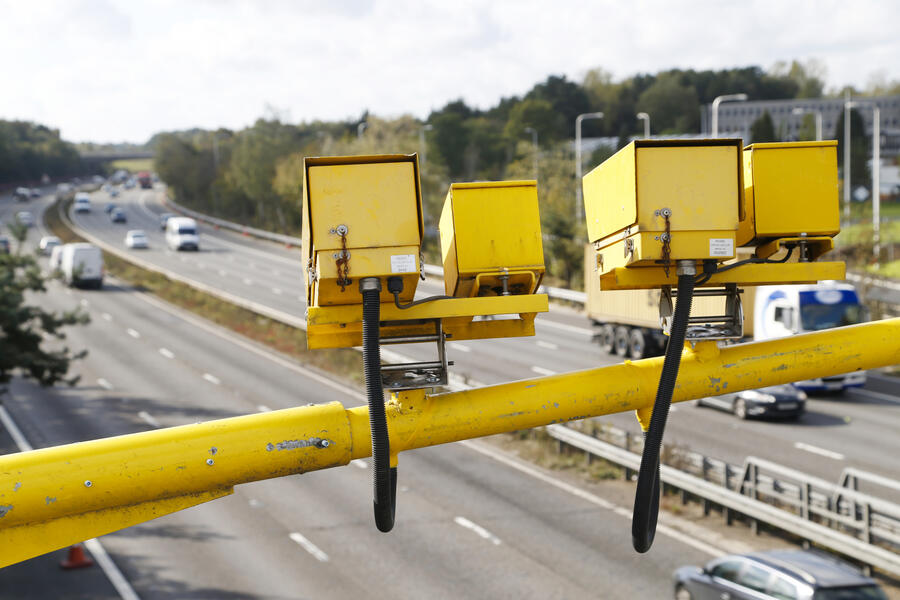
As you pass the first set of cameras, your vehicle’s details are recorded, and if your average speed before reaching the second camera is above a set threshold, a notice of intended prosecution (NIP) will be automatically generated. (See below.)
HADECS 3
The catchily named Highways Agency Digital Enforcement Camera System 3, or HADECS 3 for short, is most commonly found on smart motorways, mounted on the overhead gantries that carry variable speed limit alerts.Â
The camera’s limited use of yellow cladding and the fact that it is a fraction of a Gatso/Travelo’s size mean that it can be easily missed, especially if you’re travelling at 70mph.Â
HADECS 3 is rear-facing, and once again it uses painted dashes on the road as secondary evidence of a vehicle’s speed. It also adapts to posted, mandatory speed limits that can vary depending on road conditions.
Mobile speed camera units
It’s not uncommon for the police to monitor vehicle speeds at known accident hotspots using mobile units – quite literally, vehicles with miniature Gatso cameras pointing through their rear windows.Â
These are often found parked in laybys or above dual-carriageway or motorway bridges and have a range of up to one mile. The police also have access to handheld radar- and laser-controlled devices that can be used at a variety of locations.
How many points do I need before I lose my licence?
Even less serious speeding offences can cause you to lose your licence. If you accrue 12 or more penalty points in three years – potentially four minimum fine/points offences – you could end up with a six-month ban.Â
And this could have further repercussions. If you’re disqualified for 56 days or more (see also the more serious single-offence bans, above) you’ll need to apply for a new licence, and this may even entail retaking your driving test.
How will speeding penalties affect my car insurance?
Insurers will generally regard drivers who’ve accrued penalty points for any offence – including speeding – as a higher risk and are likely to impose a higher premium as a result.Â
While penalty points for speeding are generally only valid for three years as far as totting up endorsements and a potential ban goes, they remain visible on your licence for four years.
Most insurance companies will ask you to declare any motoring offences in the past five years, and if you withhold information, it could affect a future claim, so it’s important to be honest when searching for new quotes.
The worst speeding fines issued in the UK
Would you be surprised if we told you that the world’s first speeding fine was issued in the UK? Well, it was - and here’s what happened.Â
Driving his new Benz, Walter Arnold was nabbed at four times the national speed limit in Paddock Wood, Kent. Okay, let’s clear something up. Back then, in 1886, the speed limit was just 2mph, but to make matters worse for Arnold, he was reprimanded for not having a red flag waver walking in front of him too.
And from one extreme to another: the UK’s fastest speeder was caught in 2015 travelling at 192mph in a Nissan GTR. A 28-month custodial sentence followed and Northamptonshire police banned him from driving for 10 years.
But you don’t need anything exotic to get your collar felt. In 2003, an off-duty policeman was caught driving his unmarked Vauxhall Vectra at 159mph on the M54.
It wouldn’t have been as much as the hapless Swiss driver had to shell out, though, after he hit 85mph in a 50mph zone driving his Ferrari Testarossa. Swiss authorities base fines on your financial worth, and with £14.1 million in the bank, this driver ended up with a £180,000 ticket.
But that was nothing compared with another Swiss millionaire who managed 180mph on local roads in his Mercedes-AMG SLS and set a new speeding fine world record at $1,001,400 (£727,166).
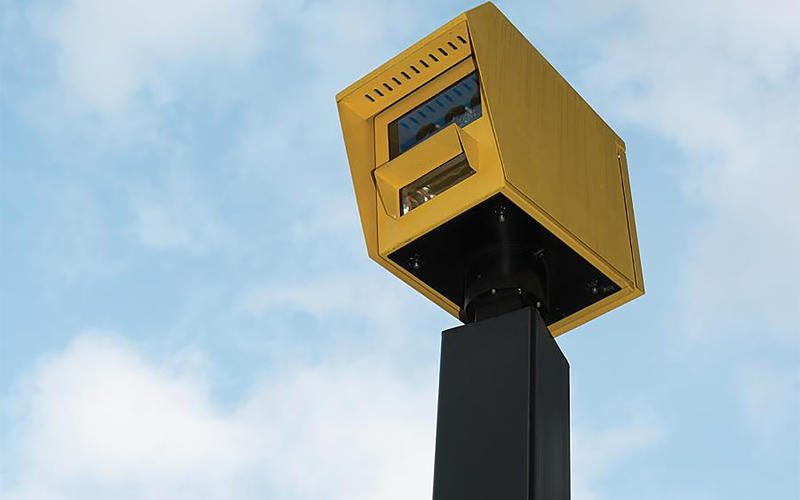
Both the above would have got away with it if they’d come to the Isle of Man, where no speed limits apply (although dangerous/careless driving is still an offence, as is breaching local speed limits through built-up areas). Other speed-limit-free havens are Germany’s autobahns (for now) and Australia’s Northern Territories.
But not Dubai. Driving a rented Lamborghini Huracán, a British tourist managed to trigger 33 speed cameras while joyriding through its downtown area, generating $48,000 (£34,847) in speeding fines, before fleeing the country and leaving the rental company to sort out the mess.
If you live near Bristol, though, it takes only one speed camera to extract mega-sums in fines. A camera positioned on the city’s M32 motorway captures on average 50 speeding drivers each day, and over a three-year period relieved them of £5.7m.
Showing slightly more lenience, Poland has the highest speed limits in Europe, at 140kph (87mph), and in the US, Texas’s Highway 130 allows 85mph before fines are imposed. But the world’s highest speed limit is 160kph, or, tantalisingly, 99.4mph, in the UAE.
But like it or not, speed cameras in the UK are now part of our motoring life, and with 7000 of them positioned around the country, only Russia, Italy and Brazil have more on their roads.
